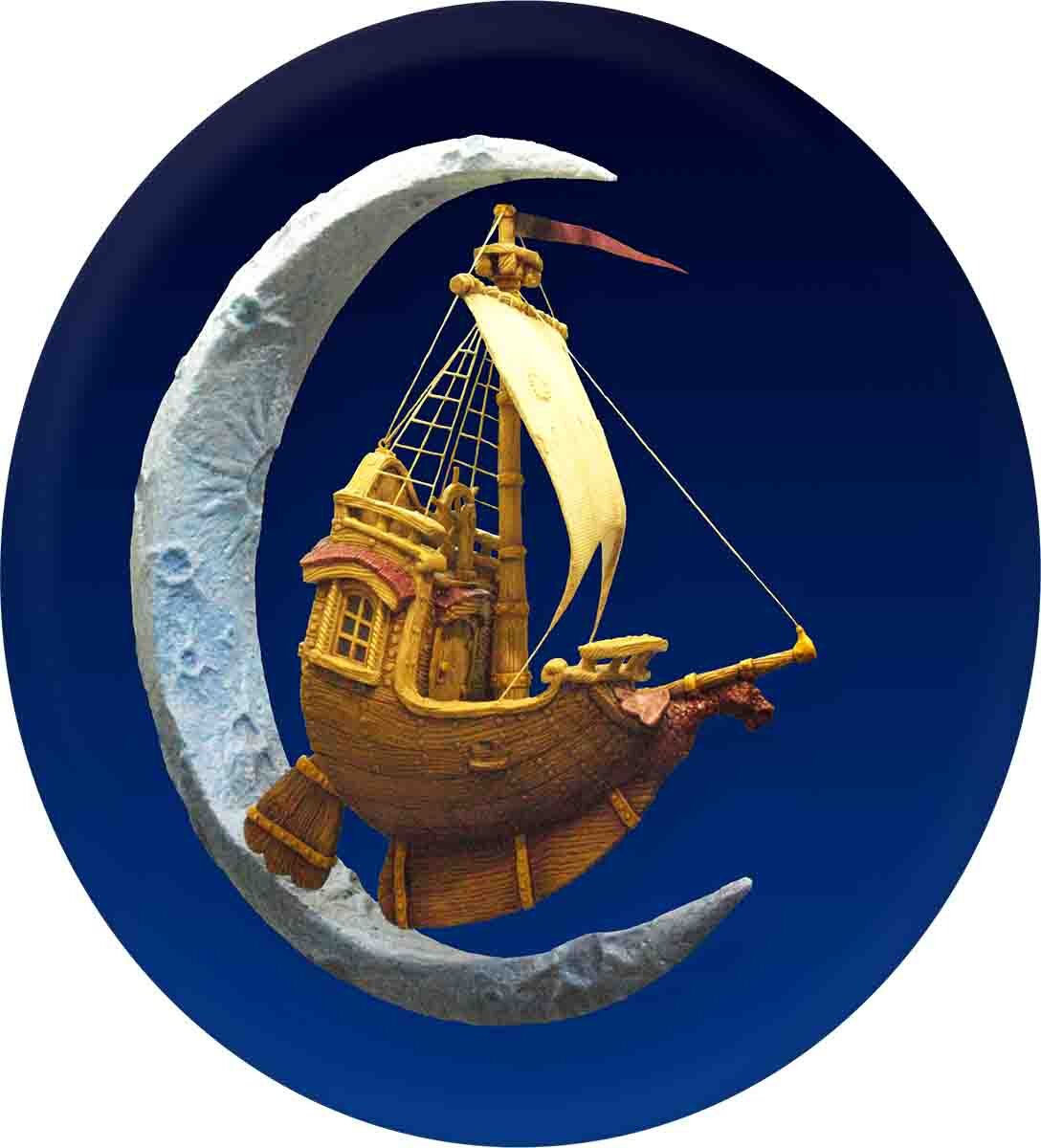This week we will start with a relatively simple file in EnRoute... a wood grained panel with a raised border and a beveled letter with a second bitmap on it. Here we go...
First create a 6" x 6" x 1" thick plate. This represents the size of material you will route your final piece from. Inside this plate, create vectors of a box and the small letter 'a'. Then create an outline around the 'a' with a value of 0.2". This can all be done in EnRoute using the draw tools. (You could also create it in Illustrator or any other vector drawing program. However, if you do it outside of EnRoute you will need to import it as an AI file.)
Then select the outside vector square and create a base relief. You can do this with the ‘create relief tool’ that button looks like a loaf of bread. Make your relief 0.4" thick.
Then you can import a woodgrain bitmap. The one we used is the sandblasted woodgrain from our Texture Magic: Classic Collection. By default, when EnRoute opens the bitmaps they are as big as the plate. In this case, it will be far too small to be able to route decent woodgrain with a 1/8" bit. (The smallest bit we typically use.) So, you will need to be enlarge the bitmap significantly. The sandblasted woodgrain texture we used is a 8.5" x 11" 300 DPI file and we could scale it to create believable woodgrain on a 48" x 96" sheet of material without any difficulty.
So, select the woodgrain bitmap all by itself and, by grabbing the corner nodes, stretch it out until the square vectors are inside one of the individual boards.
Up close it should look something like this...
After selecting both the relief and the bitmap, you can select the ‘apply bitmap’ menu. (It looks like a mountain and sky.) Apply a value of 0.2" in the table, choose ‘add to relief,’ and hit enter. This means the black areas of the bitmap did nothing. The white raised 0.2" and the grays (depending on their value) did something in between. Just like magic the wood grain appears when you hit the render button (lightbulb).
Next, delete the wood grain bitmap — you won't need it any more. Then, render the file one last time to check things. The relief should look like this now.
Now it gets a teeny bit more complicated… The secret is to do things in the right order! Select the border of the letter. Open the ‘create relief’ menu and then the ‘add relief box.’ Then type in a value of 0.7." Create this as a ‘flat relief.’
The reason for the value of 0.7” is as follows: The original relief was 0.4" and we added 0.2" for the woodgrain... so if we add another 0.1" for this border we get 0.7”. (This ensures the letter sticks above the board.)
Everything looks great at this point, but you have two different surfaces in the same space and if you were to tool path and route the file as it is now, some funny things would happen! So, deselect everything, then open the ‘merge menu.’ This button looks like two mountains being pushed together. Select ‘merge highest’ — the base relief (outside square) it will turn blue. (The red box is your plate and will not affect anything.)
Next, press the ‘arrow button.’ Then select the second relief (in this case it is the letter outline) — It will turn red. Then press the ‘green check mark.’
The ‘a’ is now merged with the woodgrain board, but you are not quite done. You must delete the outline of the letter. Then check the render — If you did it right the background relief will now have the letter outline merged to it.
Now you are going to add to this relief. Select the base relief and the remaining (inner) letter 'a' vector. Open the ‘create relief menu’ (it looks like a loaf of bread) and select the ‘bevel tool,’ and ‘add to relief.’ Input in a value of 0.1" for the base. This means the sides of the letter will be 0.1" tall before they start to form a bevel. Input in a value of 21 degrees for the slope of the bevel. Use a ‘fixed height’ of 0.15." Lastly, hit the enter key.
When you hit the ‘lightbulb (render) button’ it should look like this. You could stop here and it will look great but we are going add a little texture to the letter.
To add a subtle texture you can importing another bitmap from our Texture Magic: Classic Collection (the texture is called splotches).
As you did with the woodgrain texture, enlarge it before selecting the base relief, the letter vector and the bitmap. Once the ‘texture button’ is lit up, you can open the menu and add the texture to the relief. This time enter a value of 0.1" (This will make for a much subtler texture.)
Once again, delete the bitmap and the letter 'a' vector. You will not need them anymore. Check one last time with a render (lightbulb button).
Now you have to make sure it fits within your plate vertically before you tool path and route it.
Our advice is to build a half dozen of these type of basic files in order to get yourself familiar with working in EnRoute. You can route them and paint them up too — it’s all good practice!
When we started, we created all the letters of the alphabet — each styled differently and with a variety of textures. After twenty six different files, we had this process down to a science. We also had twenty six marvellous samples hanging on our wall that still serve us well.
See you next week!














